
How to Use 3 amps fuse holder: Examples, Pinouts, and Specs
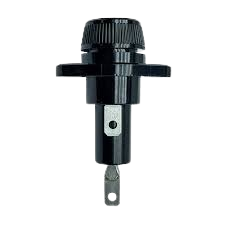
 Design with 3 amps fuse holder in Cirkit Designer
Design with 3 amps fuse holder in Cirkit DesignerIntroduction
A 3 Amp Fuse Holder is an essential safety device in electrical and electronic circuits. It provides a secure housing for a 3 Amp fuse, ensuring that the fuse can safely interrupt the current flow in the event of an overcurrent or short circuit. This helps to protect sensitive components and prevent potential damage or fire hazards. Common applications include automotive systems, power supplies, consumer electronics, and various DIY projects.
Explore Projects Built with 3 amps fuse holder
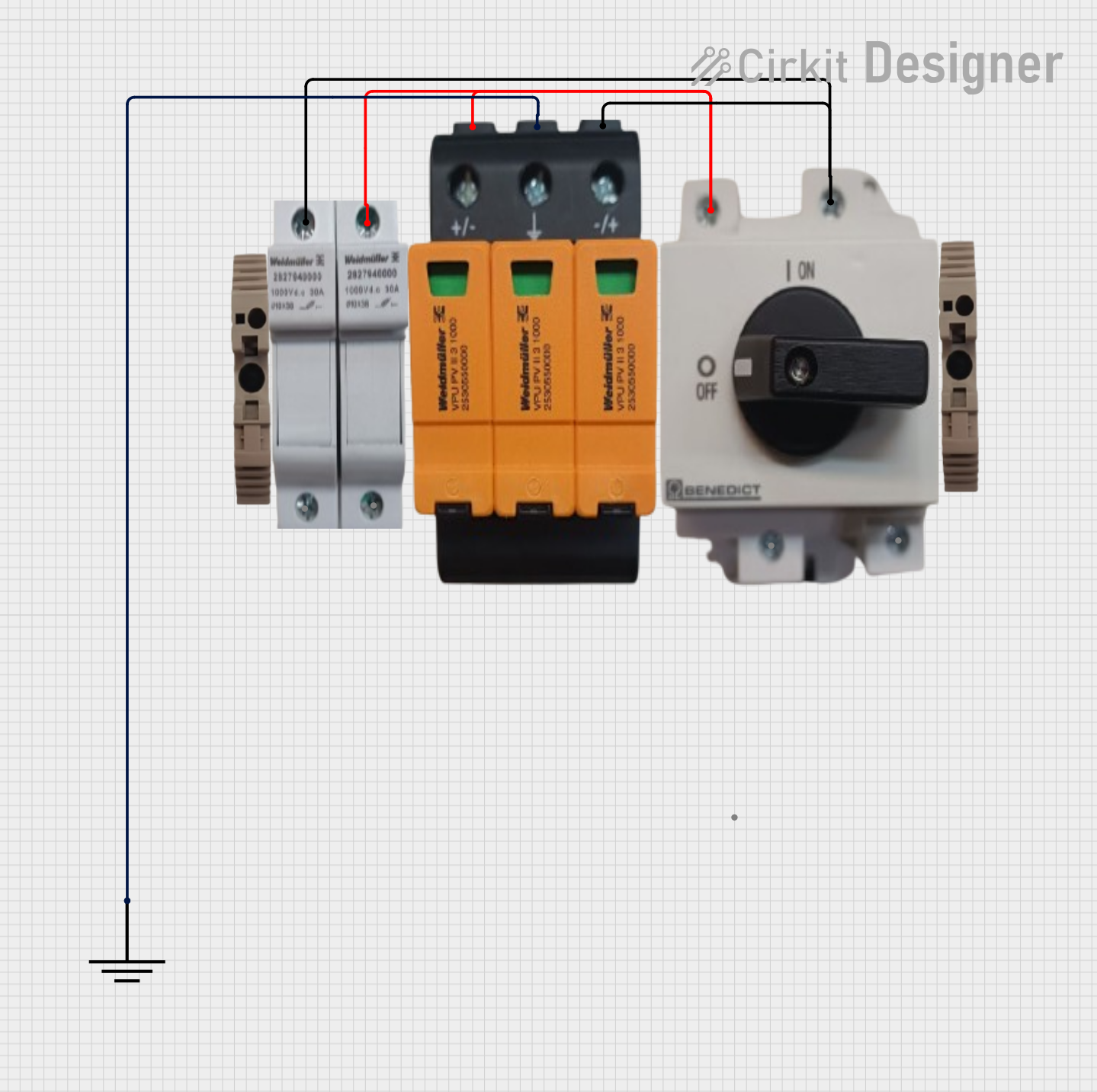
 Open Project in Cirkit Designer
Open Project in Cirkit Designer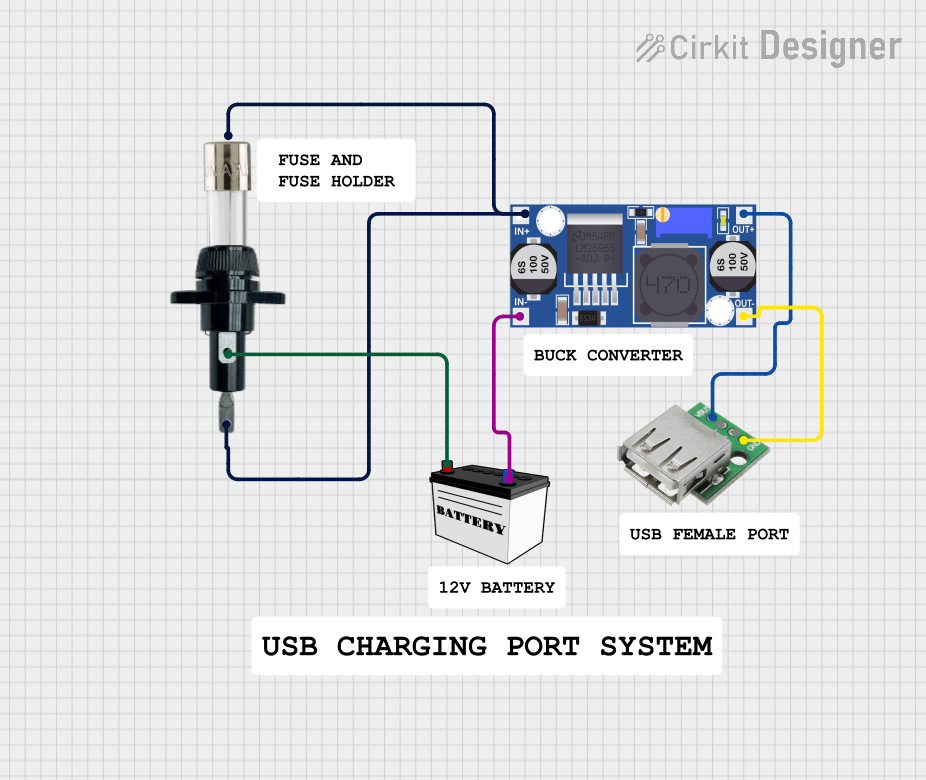
 Open Project in Cirkit Designer
Open Project in Cirkit Designer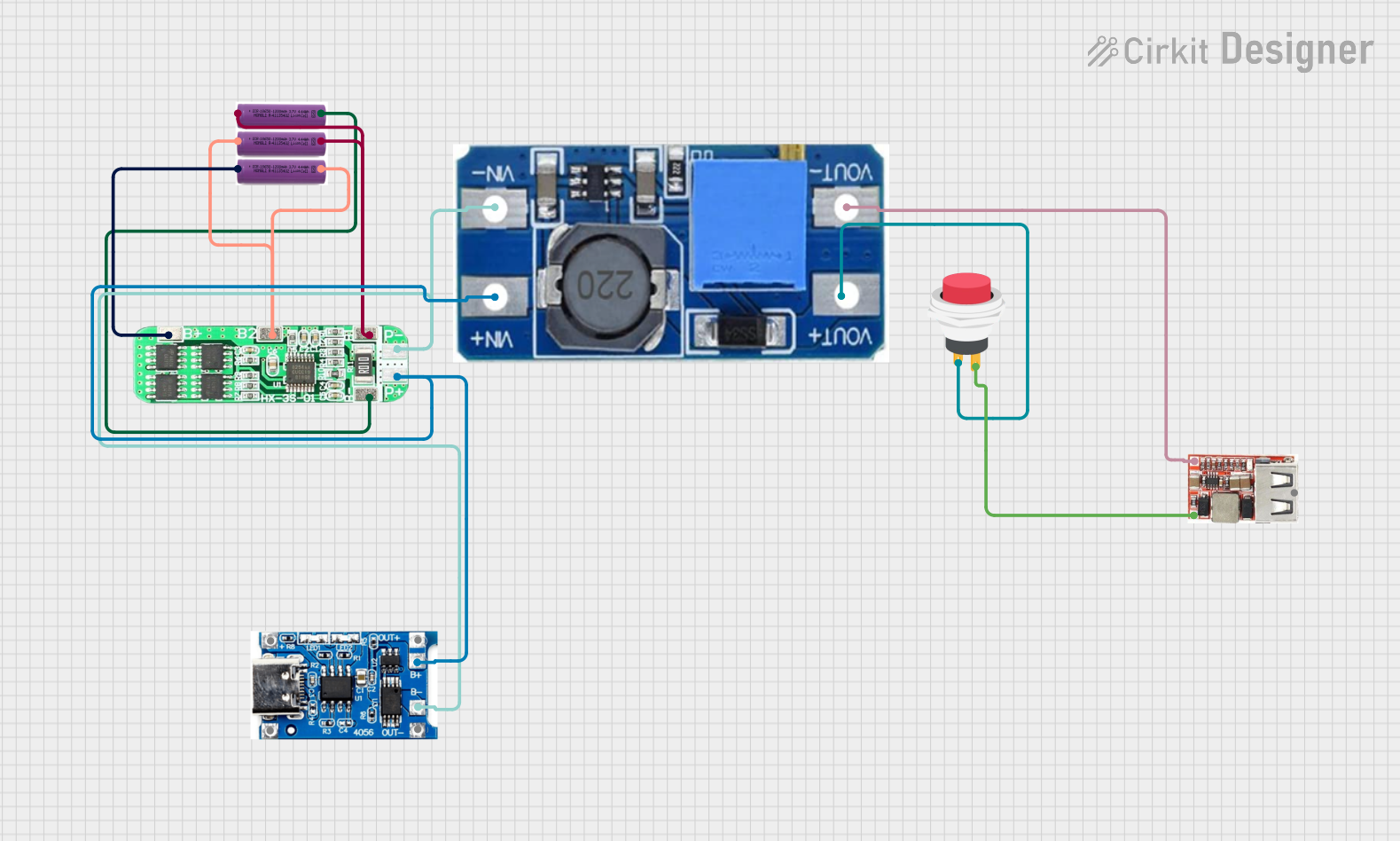
 Open Project in Cirkit Designer
Open Project in Cirkit Designer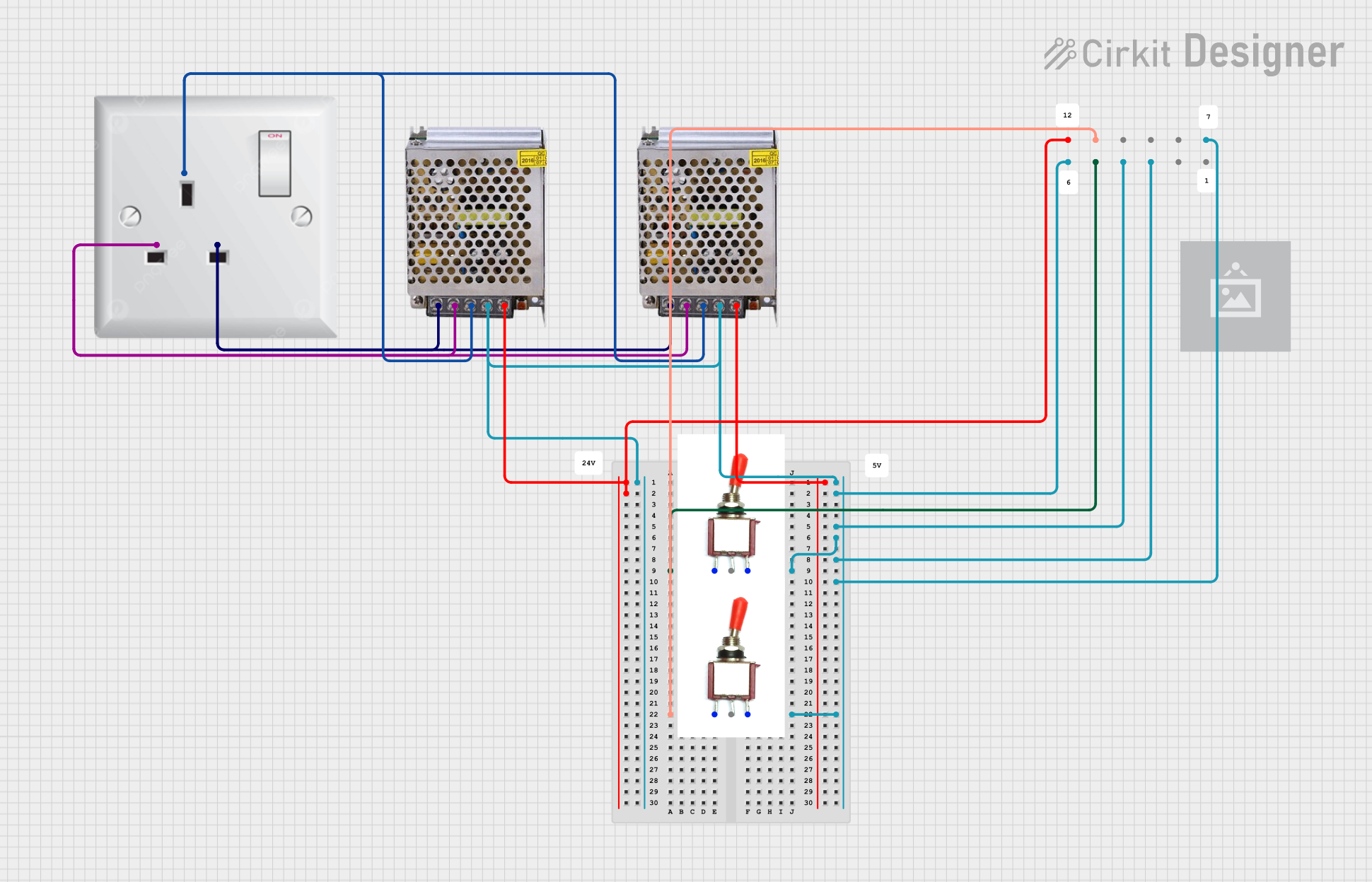
 Open Project in Cirkit Designer
Open Project in Cirkit DesignerExplore Projects Built with 3 amps fuse holder

 Open Project in Cirkit Designer
Open Project in Cirkit Designer
 Open Project in Cirkit Designer
Open Project in Cirkit Designer
 Open Project in Cirkit Designer
Open Project in Cirkit Designer
 Open Project in Cirkit Designer
Open Project in Cirkit DesignerTechnical Specifications
General Characteristics
- Current Rating: 3 Amps
- Voltage Rating: Typically up to 250V AC
- Material: Often made of flame-retardant plastics and metals
- Mounting Type: PCB mount, panel mount, or inline
- Fuse Size Compatibility: Designed for 3 Amp fuses (size may vary)
Pin Configuration and Descriptions
| Pin Number | Description | Notes |
|---|---|---|
| 1 | Input/Line Terminal | Connects to the live supply |
| 2 | Output/Load Terminal | Connects to the circuit/load |
Note: The actual pin configuration may vary depending on the design of the fuse holder.
Usage Instructions
Installation
- Power Off: Ensure that the power supply to the circuit is turned off before installing the fuse holder.
- Mounting: Secure the fuse holder to the desired location using appropriate mounting methods (PCB soldering, screws for panel mount, etc.).
- Fuse Insertion: Insert a 3 Amp fuse into the holder. Make sure the fuse is properly seated and secure.
- Wiring: Connect the input terminal to the live supply line and the output terminal to the load that requires protection.
- Inspection: Double-check all connections and ensure there is no risk of short circuits around the fuse holder.
Best Practices
- Use fuses with the correct current rating (3 Amps) to ensure proper protection.
- Regularly inspect the fuse holder for signs of damage or corrosion.
- Replace fuses with the power off to avoid electric shock.
- Ensure that the fuse holder is not subjected to temperatures beyond its specified limits.
Troubleshooting and FAQs
Common Issues
- Fuse Does Not Fit: Ensure you are using the correct size and type of fuse for the holder.
- Intermittent Power: Check for loose connections or a loose fuse within the holder.
- Holder Overheating: This may indicate an overcurrent situation or a poor connection. Verify the current load and connection integrity.
FAQs
Q: Can I use a fuse with a higher rating than 3 Amps? A: No, using a higher-rated fuse may compromise the protection and could lead to damage or fire.
Q: What happens if the fuse holder is damaged? A: A damaged fuse holder may not provide reliable protection and should be replaced immediately.
Q: Is it possible to repair a fuse holder? A: Generally, it is not recommended to repair a fuse holder. If it is damaged, it should be replaced to ensure safety.
Q: How often should the fuse be replaced? A: The fuse should be replaced whenever it is blown. Regular inspection is recommended to ensure the fuse and holder are in good condition.
Example Code for Arduino UNO
If you are using the 3 Amp Fuse Holder in a project with an Arduino UNO, the fuse holder itself does not require any code as it is a passive component. However, you can monitor the current flowing through the circuit using a current sensor and implement a safety shutdown feature in your Arduino code if the current exceeds 3 Amps.
#include <Wire.h>
// Assuming the use of an ACS712 current sensor
const int currentSensorPin = A0; // Connect current sensor output to A0
const float sensitivity = 0.185; // Sensitivity in V/A for ACS712 5A model
void setup() {
Serial.begin(9600);
}
void loop() {
int sensorValue = analogRead(currentSensorPin);
float voltage = (sensorValue / 1024.0) * 5.0;
float current = voltage / sensitivity;
Serial.print("Current: ");
Serial.print(current);
Serial.println(" A");
// Safety shutdown if current exceeds 3 Amps
if (current > 3.0) {
// Implement safety shutdown procedures
Serial.println("Current exceeded 3 Amps. Shutting down for safety.");
// Code to turn off connected devices or sound an alarm
}
delay(1000); // Delay for 1 second before next reading
}
Note: The above code is a simple example and does not directly interact with the fuse holder. It is intended to demonstrate how you could use an Arduino to monitor current and respond to overcurrent conditions that would cause a 3 Amp fuse to blow.